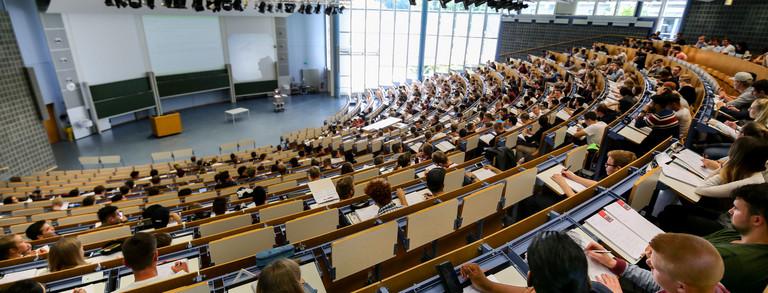Urban Analytics
With the increasing digitalisation of many areas of life, including our everyday lives, more and more data is being generated and accumulated. Much of this often unstructured and incoherently collected data can be a useful additional source of information for gaining a better understanding of urban systems at large. Furthermore, some data streams also allow near real-time monitoring and the enrichment of planning evidence bases with additional information. However, these positive effects and added values require a solid basic understanding of urban data infrastructures, suitable analytical approaches, and a critical view of urban data.
The module introduces basic concepts and analytical approaches of data-driven urban analysis – also called Urban Analytics. The following three topic areas are covered on the module:
- Urban data infrastructures
- Urban data analysis
- Spatial planning research
In the first part, urban data infrastructures, basic terms and concepts are introduced. The topics covered include different parts of the so-called 'geoweb', including open geodata, geosensor networks, and user-generated geographic information, among others. The second part, urban data analysis, focuses on analytical approaches in the context of heterogeneous urban data sets. Topics from the fields of GIS, mapping, spatial analysis, visualisation, but also qualitative approaches are presented. The third part, spatial planning research, is intended to sharpen the focus on the link between urban analytics and spatial planning in relation to corresponding, concretely conducted research. This latter block will include invited lectures in which actual planning research at the outlined interface will be reported on.
Learning objectives:
- Knowledge of basic terminology and concepts
- Basic methodological understanding of analytical approaches including limitations
- Ability to link data-driven urban research with planning concerns

